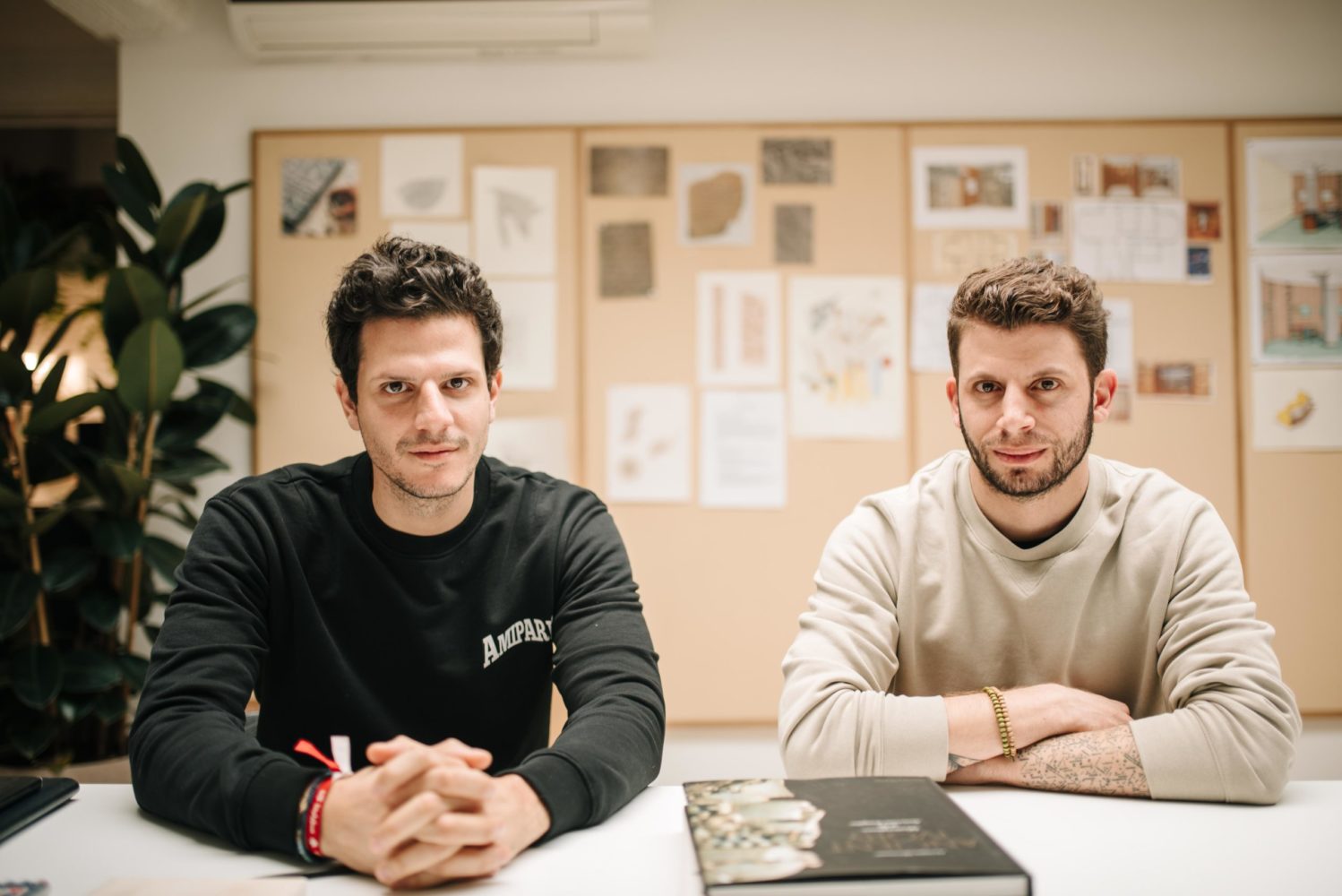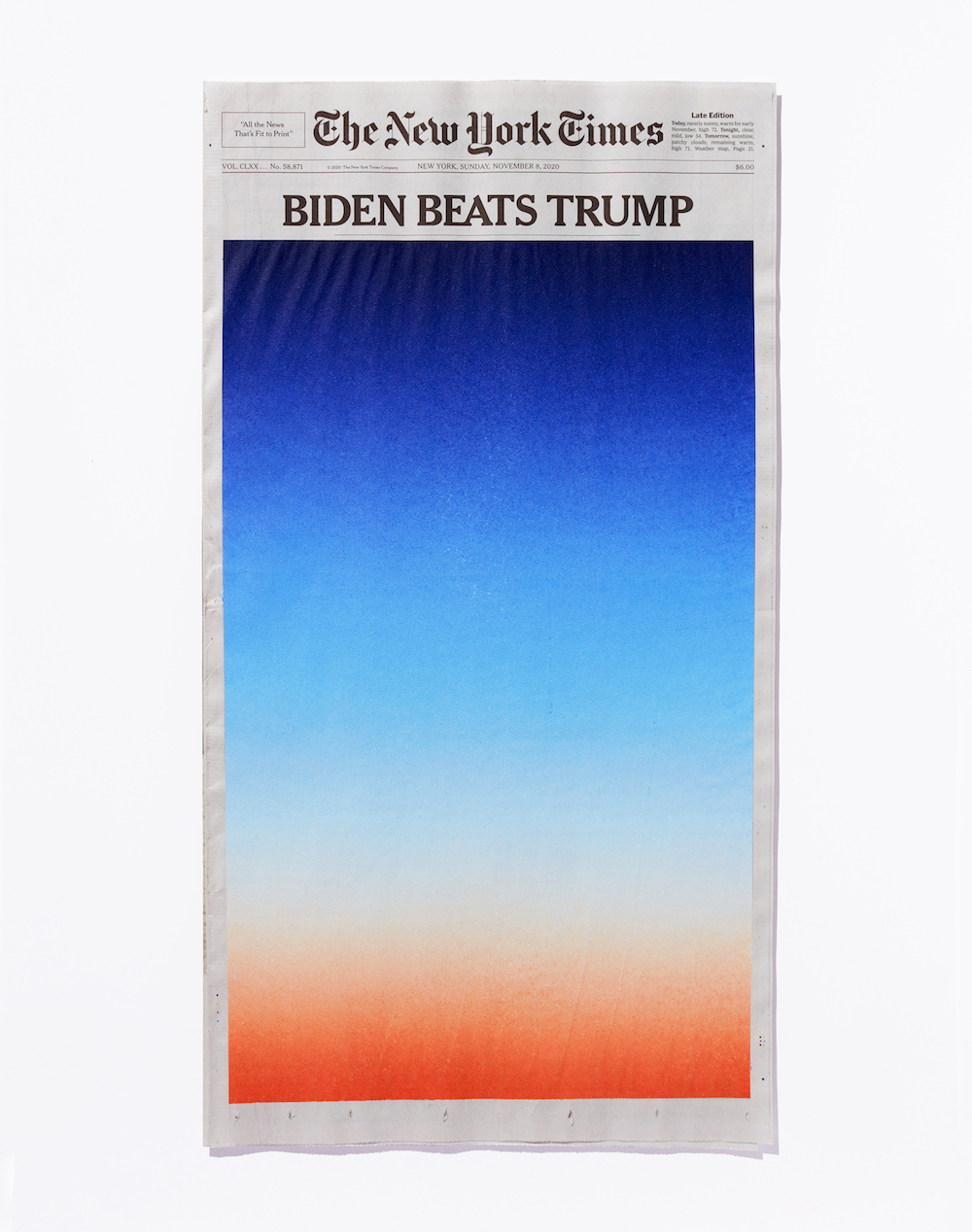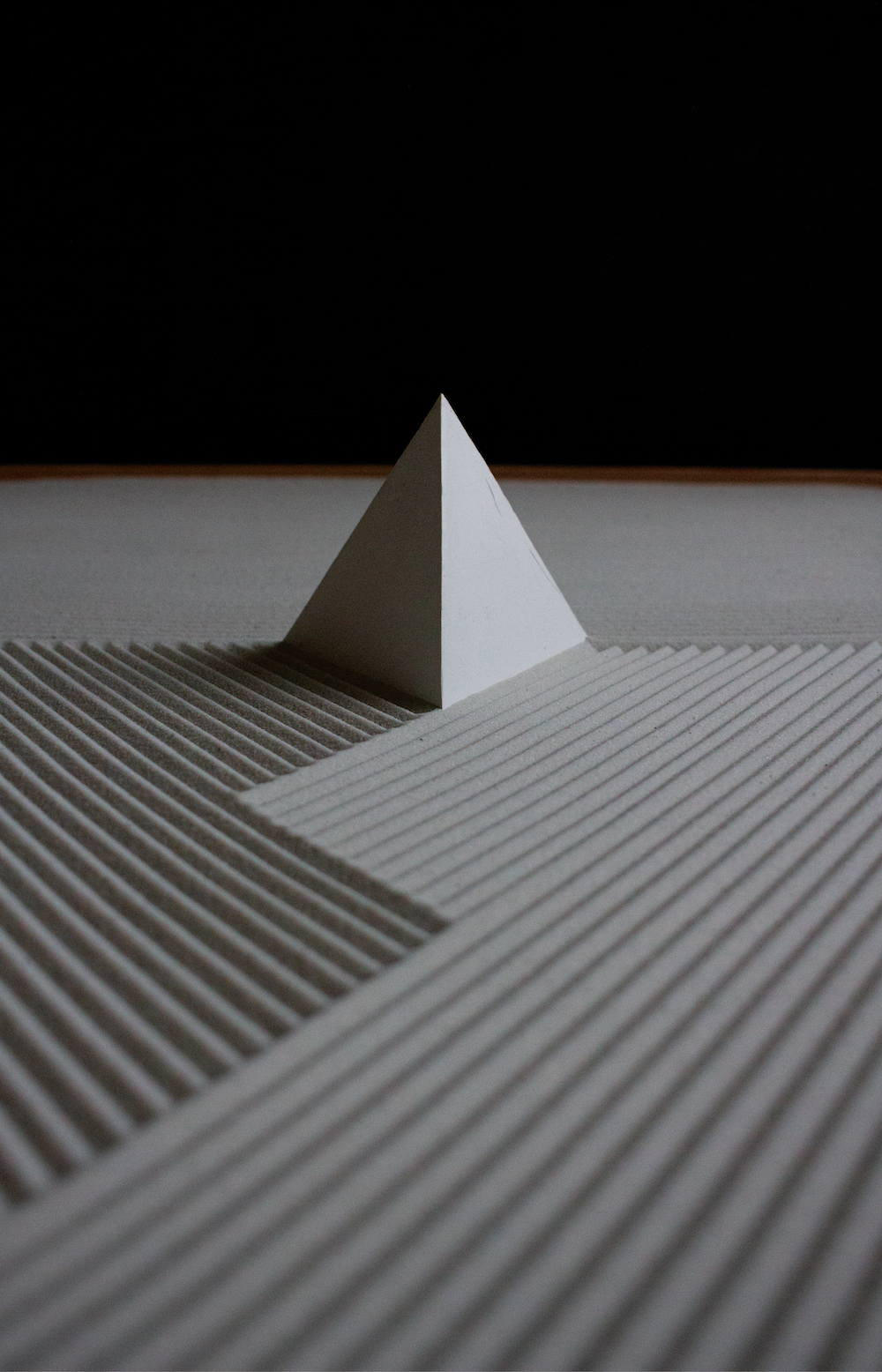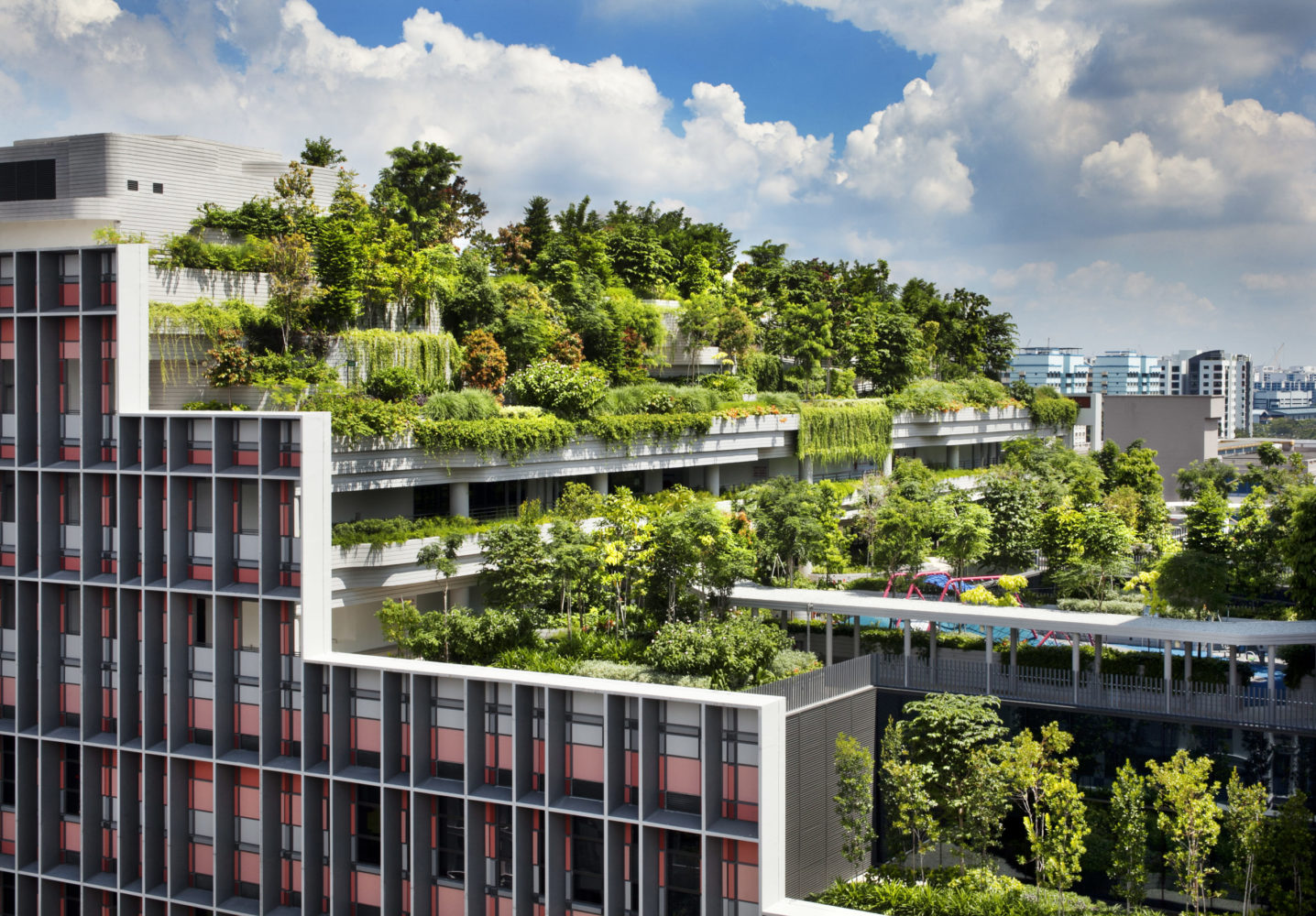This past year David Raffoul and Nicolas Moussallem of David/Nicolas had to contend not only with COVID-19, but also with the devastating aftermath of the blast in Beirut last summer. The design duo’s studio experienced serious damage, losing nearly all that was inside, including many important prototypes. The tragedy left them wondering if they should even stay in Beirut, having both a studio there and in Milan. Ultimately, they’ve decided to stay, making the choice to believe in the creative community of their country, city, and especially their beloved neighborhood.
David/Nicolas are known for their sophisticated, bespoke interiors that feature tactile material combinations and mesmerizing pattern. Outside of their rebuilding process, 2020 gave them the chance to assess their vision and focus, allowing them to have conversations like those they had when they first started designing together. Raffoul and Moussallem spoke with Whitewall in the new year while they were together in Beirut, about our renewed interest in interiors (after so much time at home) and the beginnings of an exciting new project in Riyadh.
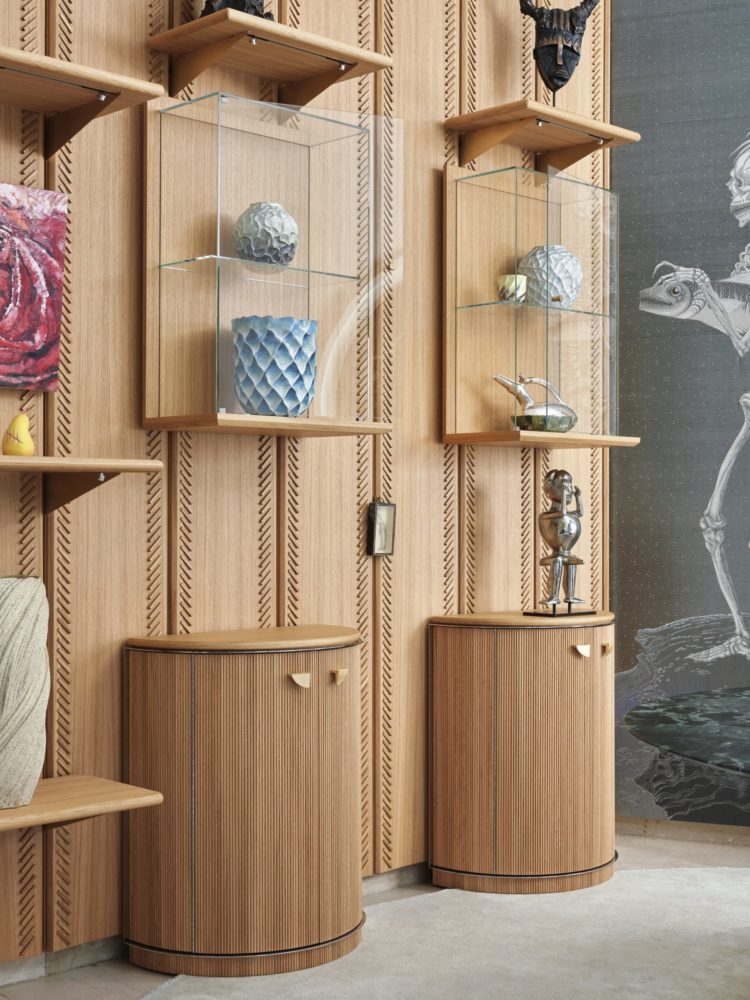
David/Nicolas, Boiserie for private collectors in Milan, photo by Federico Torra.
WHITEWALL: How is the process of rebuilding your studio going?
DAVID RAFFOUL: As you know, our street was completely destroyed almost. Our office also, where we lost a lot of prototypes and really important pieces. Now we are rebuilding the studio with the help of an NGO, House of Today. They are helping studios in Lebanon to rebuild their offices. We want to keep the studio in the same space. We love the space and street, a particular street where you have creativity, café, a bookstore across the street, and good restaurants.
Rebuilding the studio will be done in March maybe, and we will be able to move in as soon as its done. To tell you the truth, I don’t know where the country is going. We are living day by day, but we want to stay here in Lebanon. There are new projects coming in, which is good. Some people are not losing their hope on the country so they want to still invest, and that’s good.
NICOLAS MOUSSALLEM: Aside from building the studio back, we as a creative from this region have a responsibility toward our community, so we also have to lead in a way. We need to stand our ground and be there and stay there and continue sharing our part of the story. The Middle East is always misunderstood as a place of death and bombs, whereas historically it’s a place of arts. I think we owe it to our community to try and keep that message going.
WW: And there is such a strong design community in Beirut in particular.
NM: There is, and in Beirut it is only people that have the initiative themselves. There is no governmental help whatsoever for the artists. Art for the government is almost nonexistent. It’s all people that have the will to do things in a good way and to move forward, even in the hardest situations.
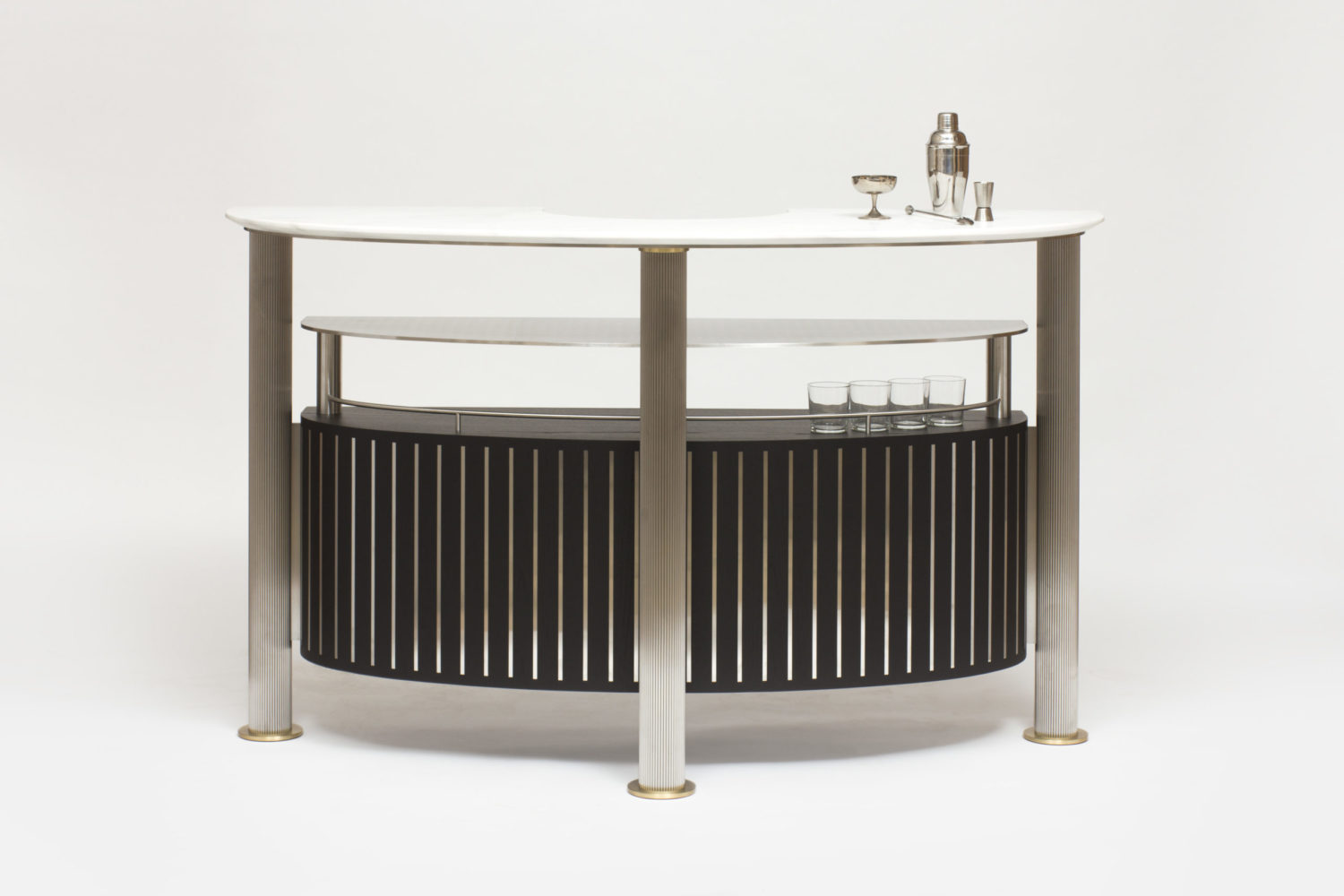
Courtesy of David/Nicolas.
WW: You mentioned that people are sticking around and choosing to invest. Given the past year, has your approach to interiors evolved—whether practically or in terms of perspective shifts as a result of the pandemic and political situation?
NM: We as a studio have always had the same approach to the space. The difference is the clients. It was always more about the reception area than the bedrooms. Now people understand that everything should be perfect. That’s good for us because it opened up more exploration in the private sector of the house.
I think now any house we get has to have a home office. It’s something that became part of the new layout of the house. Even me in my own house, I should have had a home office. Now it’s too late. The next house!
WW: As I sit in my kitchen, speaking with you, I feel you! Speaking of amazing private spaces, the Villa KZB project you’re working on with architect Sahel Al Hiyari has such gorgeous marquetry and surprising uses of marble spaces like the bathroom. How did that project come about?
DR: This project came we were contacted by architect Sahel Al Hiyari. We have a lot of respect for this architect, someone who is very grounded, close to earth. He wanted us to work on the interior while he was working on the architecture. We were also in contact with the client closely and understand what they needed. When we work, we don’t work as only decorators. We want to crate unique surfaces that are like haute couture interiors. We did the marquetry, inlays. We did the wooden paneling for this project and the custom chimney. It’s a discussion, a dialogue between many pieces that are attached to the interior and the furniture.
WW: And you used paneling in a boiserie for a Milanese apartment. It’s like a cabinet of curiosities than can be used to showcase objects and art from a collection. How did you come up with this piece?
NM: We created it a couple years ago with Carpenters Workshop. We wanted to create walls that are actually a furniture piece. It adapts to your space. Wherever you go you, can unmount it and install in your new home. It’s made of a system of shells that can be moved up and down, and for the one in Milan we added consoles and vitrines and lighting, which is really important. The lighting is electromagnetic, so wherever you put the shelf, the light will turn on. You don’t have to add wires. Collectors often have very small pieces that need specific lighting.
The wood is not just wood paneling; it’s inlays of wood that curve outward. And you have more or less 300 pieces of wood hand- placed. There’s a lot of work behind this. And you can always modify; it grows with you.
WW: What are you working on at the moment?
NM: It’s a mix. We’re working on a private home in Beirut—a penthouse in one of the highest towers in Lebanon. It has a 360-view of Beirut. We’re also working on a café and coffee shop in Riyadh in Saudi, a first time for us in this market, which is a very interesting market. A café in Riyadh is like a pub in London.
DR: It’s a culture. It’s not a café in Paris; it’s a café in Riyadh. It’s a place to gather, but also be private, a mix of being seen and not being seen. The materials will be very earthy, desert colors, and we have to adapt to this.
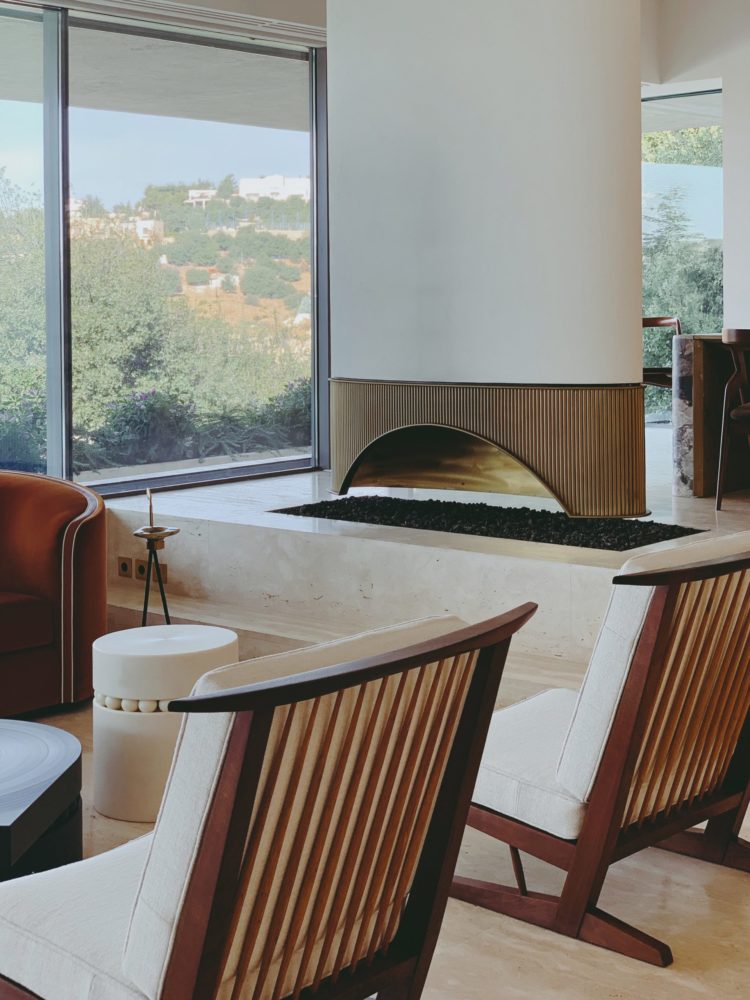
David/Nicolas, KZB Residence Interior of a villa in Amman, in collaboration with the architect Sahel El Hiyari, photo by Pino Musi.
WW: Are there new materials you want to explore more this year?
NM: Castings, bronze, or aluminum. We would like to work more in sculpture, furniture that is sculpture. And mix between these and the common materials like plywood. It’s a research we’ve been doing since the first lockdown. The lockdown was really inspiring for David and me in the beginning. I think it was a very good year if you want to know what it taught you. For me as a person, I became a father that year as well. I think I learned so much more in 2020 than the last five years.
When you go through the events that happened in Beirut, you re-question the reason why you are doing all of this. You start to understand that you need to filter and you need to reassess what is necessary. So we’re really focused on what we’re doing and what we’re not doing. Everything that you lose so quickly shows you that your time on this planet is really very limited. We have to be surrounded by works that we would love to be working on.
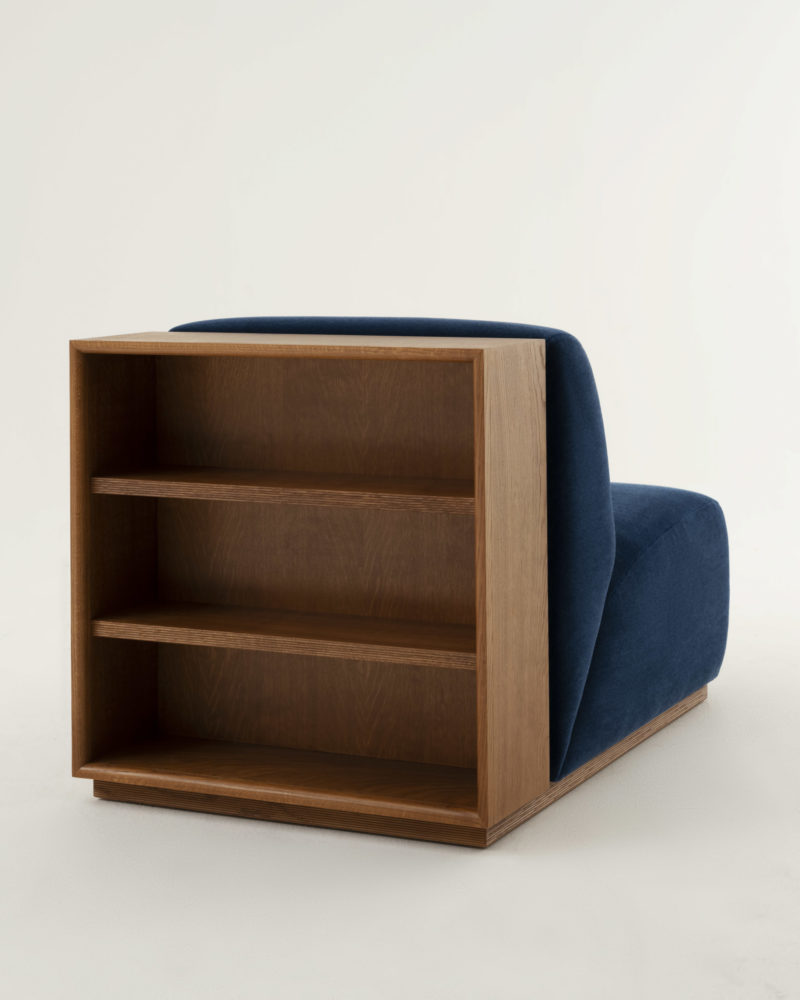
Verso slipper chair for La Maison Pierre Frey by David/Nicolas.


